Yoga People are Deaf, Too.
I had always wanted to try yoga, but every time I attended a class as a ‘Wannabe One of Those Cool Yoga People’, my hearing loss would get in the way – in a big way! My hearing loss was the huge white elephant in the room.
The instructor would walk around the room and I’d twist round trying to lipread them, or I would contort into even more positions in trying to lipread the instructor as he bent over backwards. In the last class I attended, the instructor switched off the lights for the entire class, and that was the last straw. My nerves were shot, I shot out the door and I never went back.
I’ve had people tell me “Just copy the others in the class”. So, for example, when you go to a martial arts class, you just look and copy the others to learn the techniques correctly, yes? It just doesn’t work that way. To get the benefit of yoga (or any other exercise), it must be done properly with an understanding of breathing, techniques, and how to avoid injury. But when you can’t hear in a yoga class, it’s really hard to know what to do next!
Pilates is quite different from yoga. I have found yoga to be more spiritual and calming, and I would leave class with a feeling of well-being rather than a feeling of having left an exercise session. After years of practicing Taekwondo and Karate with gym workouts and running, I stopped training when I had 5 fractures in my feet, scoliosis and sciatica – all at the same time! My body was screaming at me to stop. The quieter practice of yoga suits me very well these days – it helps me to de-stress, forget about work for a while, turn down the tinnitus, and step out of the noisy hearing world into a calmer space.
Deaf Yoga
When I saw a yoga class advertised at the City Lit in London for deaf people, I was intrigued. I signed up and discovered a whole new world – without the white elephant at my side! I was thrilled to find that the class was fully accessible. This was a whole new experience for me. At last, I was able to join the cool yoga people and be one of them!
The instructor was easy to lipread and faced me so I could capture all she said, and she used sign language, and was deaf aware. The class is small so that helps too. In fact, I was so comfortable, I attended classes without my cochlear implants as I felt the environmental noise was distracting – and I could still communicate easily.
I am still trying to work out why my Hearing Dog Bailey starts whining and acting up during class even though I am right next to him – he’s probably worried, wondering what on earth Mammy is doing in a downward dog!
Say hello to Deaf Yoga. The wonderful instructor at the City Lit London was Sarah Scott, and I just had to find out more.
Hi Sarah, thank you for your time! Can you tell us about yourself?
Sarah: I am hearing impaired /partially deaf and have been teaching yoga for 18 years. I teach a mix of Iyengar, Scaravelli and Satyananda Yoga to Deaf and hearing impaired people.
What are the biggest benefits of yoga?
Sarah: Yoga is a loving path towards the best of health. Yoga postures and practices bring strength and flexibility, stimulate the immune system, invigorate energy and renew a sense of vitality and zest for life. One always feels better if not good after a yoga session and experiences a sense of wellbeing and inner peace.
Can anyone do yoga? Is there anything to be aware of or to be careful about?
Sarah: Anyone can do yoga. It can be adjusted to fit the needs and the level of the student which is why it is really important though to inform the teacher about any health issues, or previous accidents or operations one has had.
What is Deaf Yoga?
Sarah: Deaf Yoga is taught by a deaf or hearing impaired qualified yoga teacher using sign language with voice on for people who are hearing impaired /deaf and don’t sign.
I’ve been told to join a yoga class and copy the others in the class. Why is this poor advice?
It’s really important that one is guided into and through yoga by a qualified Yoga Teacher. Teachers are trained for a good reason – to ensure safety, and to design classes that support individual’s physical, mental and emotional needs. It’s truly not safe to pass on yoga without being qualified to do so. There’s so much that one doesn’t realise that you don’t know!
What is your opinion on using videos to practice yoga?
If you want to develop a self practice of yoga at home, it’s still really important to attend an initial course by a qualified yoga teacher who will check that you are familiar with basic postures, and support your developing physical self awareness. Using videos really supports us at home, once we have a good idea of what we’re doing. Though nothing replaces having direct tuition with a teacher.
What is the difference between yoga and pilates?
Yoga is a spiritual practice, a way of life. Evidence shows that it evolved in India over 5,000 years ago. The word Yoga means to bind = union. What we’re binding is our body, mind, soul to all that is/God/the Universe/whatever it is one believes in. There are four paths to Yoga – Jnana (path of knowledge), Bahkti (path of devotion), Karma (path of action), Raja (path of and towards meditation). There are 8 limbs to Raja Yoga, two of which are
Asana (postures) and Pranayama (breathing practices). So with this brief introduction, you can see that Yoga is an enormous subject and it is a spiritual practice.
Whereas Pilates evolved in early 20th Century by a man named Pilates, developing a physical fitness system of exercises which were intended to strengthen the human mind and body. It is understood that Pilates is particularly useful when dealing with back issues.
Tell me about your yoga training.
Sarah: I was born deaf and started dancing when I was 4, so I got a good and early understanding of the body in motion early on in life and then went on to ballet school from age 8. So I had a good foundation of physical awareness. My hearing aids helped me of course but I still missed things and struggled. I started learning yoga when I was 16 from my Mum and from a book. When I started going to classes I had to really turn up my hearing aids, plonk myself in the front and make sure I was beside someone who looked like they knew what they were doing, as I really couldn’t hear the teacher much. Training to become a yoga teacher (Sivananda Yoga and then Inner Yoga Trust) took years and a lot of perseverance on my part. I really had to work very hard to keep up.
For deaf people wanting to train to teach Yoga you need to attend a regular class for at least 2 years and then find a teacher you can work with and encourage them to access you in training to teach. Each of us have to forge our own path as there’s not currently a formal Teacher Training course for deaf and hard of hearing people in the UK. So for now I would say – hook onto good clear teachers and to other people who are also pursuing Yoga to gain support in your study of this great spiritual path.
How can I contact find out more or join a class?
You can email Sarah at sarahsenergy@gmail.com or check her website for her other classes in London at Deaf Yoga.
Thank you so much Sarah. I look forward to more accessible Deaf Yoga classes with you!
There are several opportunities to practice Deaf Yoga with other yoga people. Shari Eberts wrote about her deaf yoga experience and gave some tips on how to get the most benefit from a class. This is also a good way to add to your social life – we all know how tricky that is with a hearing loss, right? Have a look online to see what is available, or tell us about your favourite deaf yoga people, class or instructor in the comments below.
Deaf yoga IS possible – the Deaf Yoga Foundation have some good advice on making a yoga class accessible to deaf and hard of hearing people.
And if you are a hearing person – discover what Nicholas Gaeta learned from a deaf yoga instructor.
Useful Links
Deaf Yoga (BSL)
Lisa Mills deaf workshop – March 2018 in London (BSL/Auslan)
Deaf Yoga Foundation (ASL)
Lila Lolling: Deaf Yoga & yoga holidays
Yoga Masterclasses for deaf and hard of hearing in Moscow
Trackbacks & Pingbacks
-
[…] mindful meditation. Some people have found yoga to be an effective way to calm their mind and body. Deaf yoga has certainly helped […]
-
[…] arts and potentially getting kicked in the head, and adapted my adventure to fitness to include yoga (with partially deaf instructor Sarah Scott), training with Darren Meade (a partially sighted […]
Leave a Reply
Want to join the discussion?Feel free to contribute!

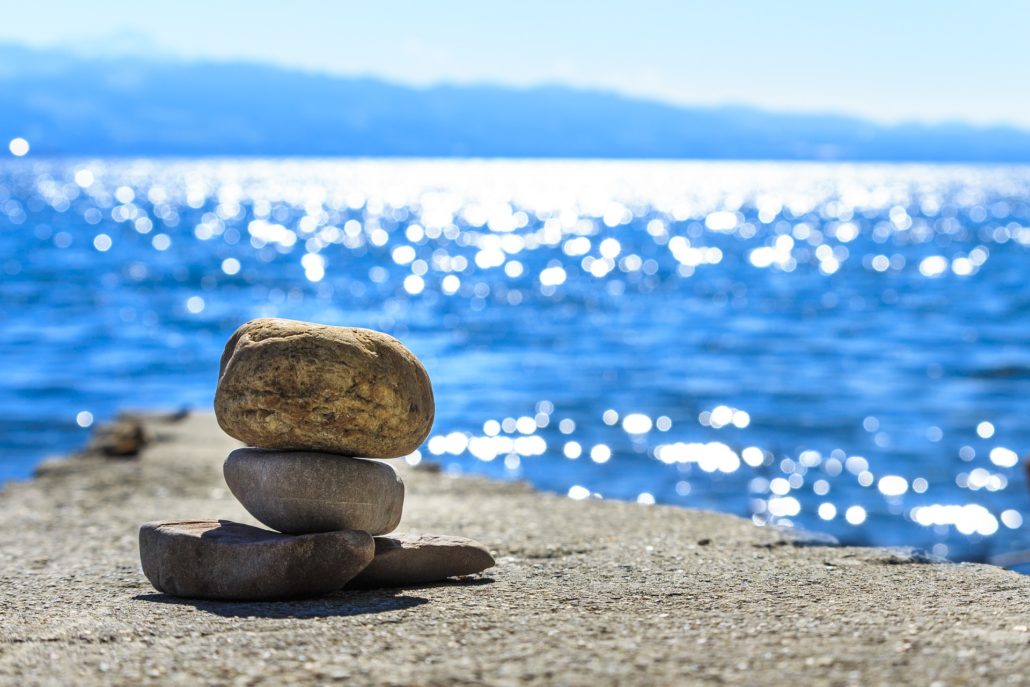
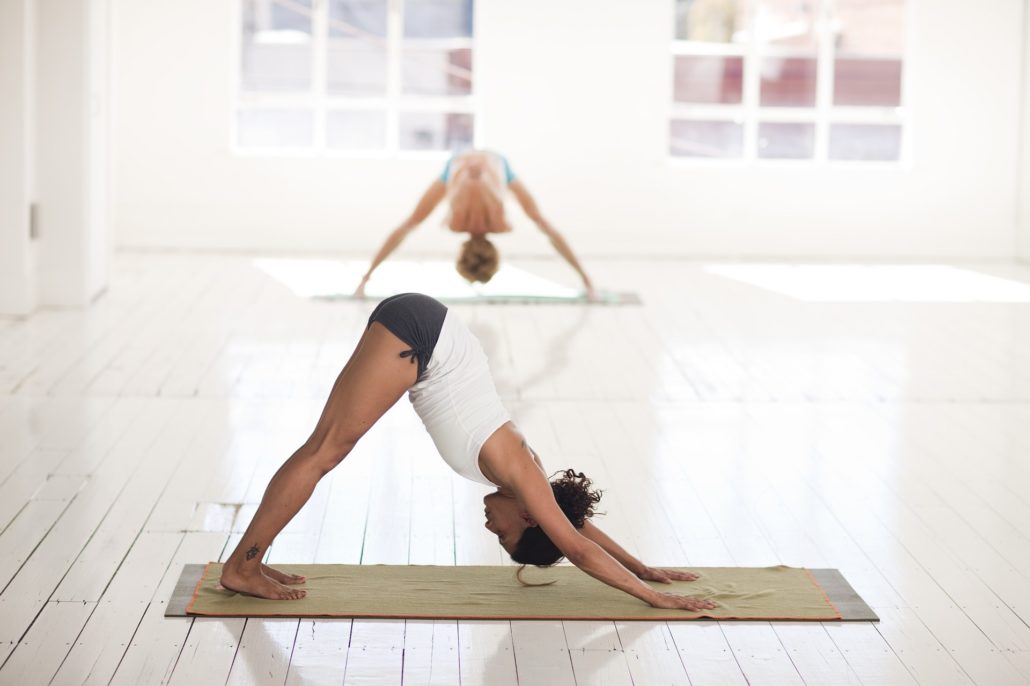
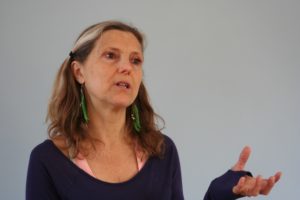
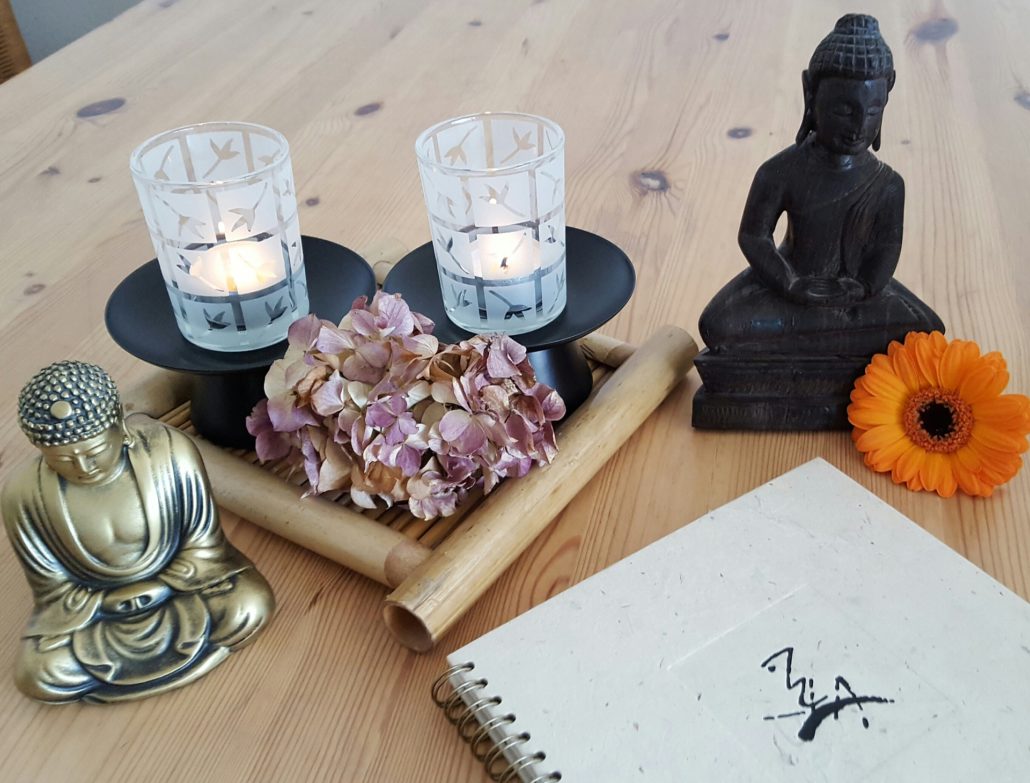
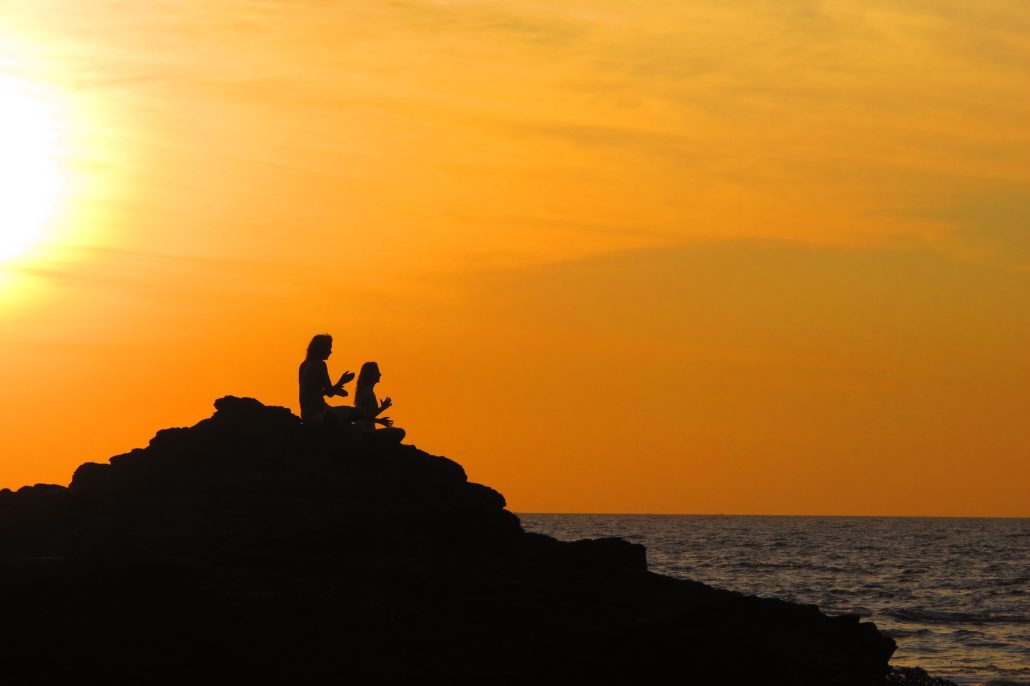


I saw one in York. I’d love one near me. One of my news years this to try is yoga.
Man I struggle with this since I do it at home and have to look at the instructor/computer/TV through all the poses. Makes it hard to do correctly.
I do yoga in a classroom and struggle greatly with all the issues you described. Would love to have the wonderful resource you have in your instructor
Does anyone know of a signed yoga class in the Midlands…..or deaf accessible? Many thanks
Hi Sally, you can ask in this group on Facebook, someone there might know: UK Hearing Loss Community https://www.facebook.com/groups/UKHLC/